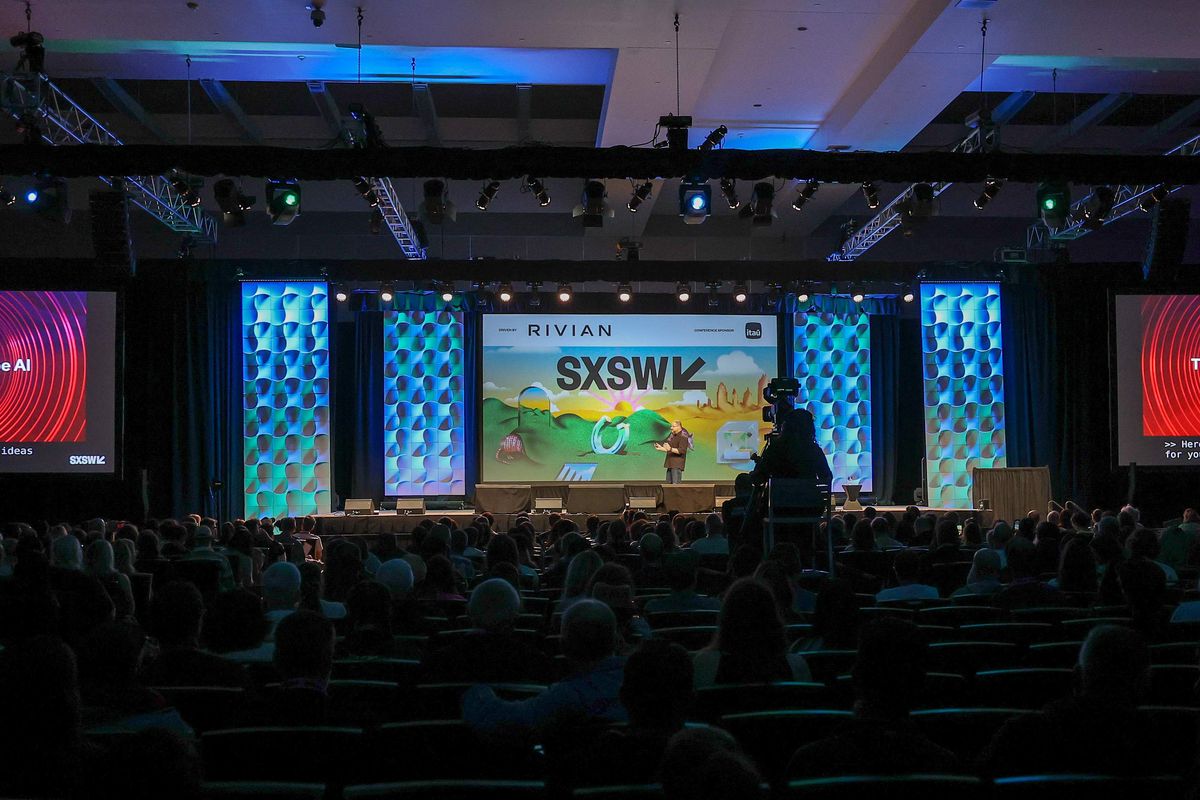When it comes to greenhouse gas emissions in oil and gas, methane is a less talked about, sneakier culprit compared to carbon dioxide. While it remains in the atmosphere for a shorter period than CO2, methane is 84 times more potent than CO2 during its first 20 years after being emitted into the air.
BP, which has its North American headquarters in Houston, has set out a strategy to minimize its contributions of methane to the atmosphere. The company made a three-year deal with New York-based Environmental Defense Fund to reduce methane emissions in its global supply chain by incorporating new technologies and practices, which will be identified by the new partnership.
"BP is taking a leading role in addressing methane emissions, and this collaboration with EDF is another important step forward for us and for our industry," says Bernard Looney, BP's upstream chief executive, in a release. "We've made great progress driving down emissions across our own business, including meeting our industry-leading methane intensity target of 0.2 percent, but there is much more work to do and partnering with the committed and capable team at EDF will help us develop and share best practices."
BP and EDF will work with universities and third-party experts in order to identify cutting-edge technology for the new initiative, and the company hopes to serve as a leader in reducing greenhouse gas emissions, which is no small undertaking, says Fred Krupp, EDF president, in the release.
"The scale of the methane challenge is enormous, but so is the opportunity," Krupp says. "Whether natural gas can play a constructive role in the energy transition depends on aggressive measures to reduce emissions that include methane. BP took such a step today."
EDF, a nonprofit, won't be paid by BP — per EDF's policy —but BP will assist with funding when it comes to employing experts tasked with finding better technologies to minimize emissions.
"EDF and BP don't agree on everything, but we're finding common ground on methane," Krupp says in the release. "BP has shown early ambition to lead on methane technology. We hope to see more as BP delivers on its own stringent methane goal and we work together to spread solutions industrywide."
BP and EDF have identified three key areas the initiative will focus on this year.
New detection technology
BP will grant up to $500,000 to a detection and quantification technology project at Colorado State University. The initiative includes drone technology and stationary monitoring that hopes to speed up methane emission detection time.
"CSU welcomes this support from BP and EDF for this critical research work, and this provides the necessary confidence and momentum for other stakeholders to contribute in a collaborative environment, in which the results and tools will benefit the wider industry," says Dan Zimmerle, senior research associate for Colorado State University's Energy Institute, in the release.
Advances in digital technology
This year, BP and EDF will announce a digitization project for reducing methane emissions. An EDF report, Fueling the Digital Methane Future, which produced with Accenture Strategy, identified solutions such as machine learning, artificial intelligence, and augmented reality as potential pathways to fewer emissions.
Joint ventures
A 2018 EDF report proved that oil and gas companies can team up to reduce emissions together. BP and EDF plan to host a workshop to find best practices for emission reductions on a larger scale.
















